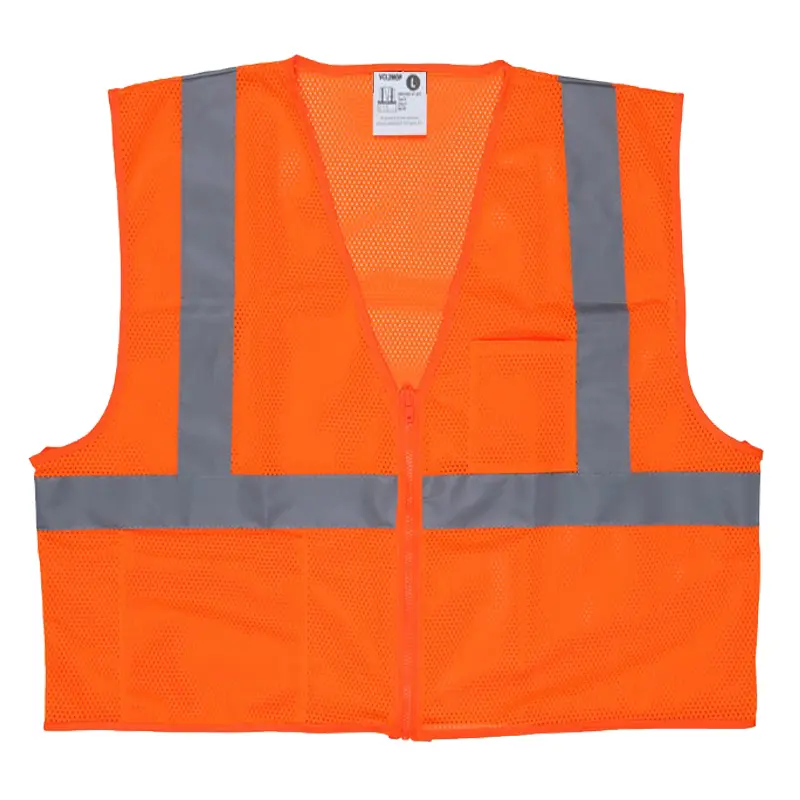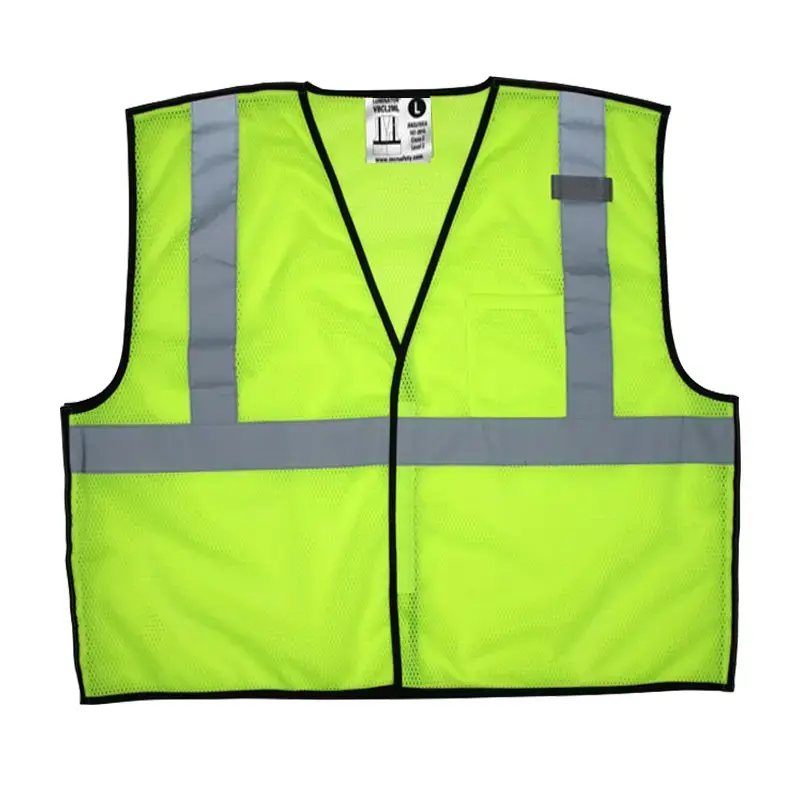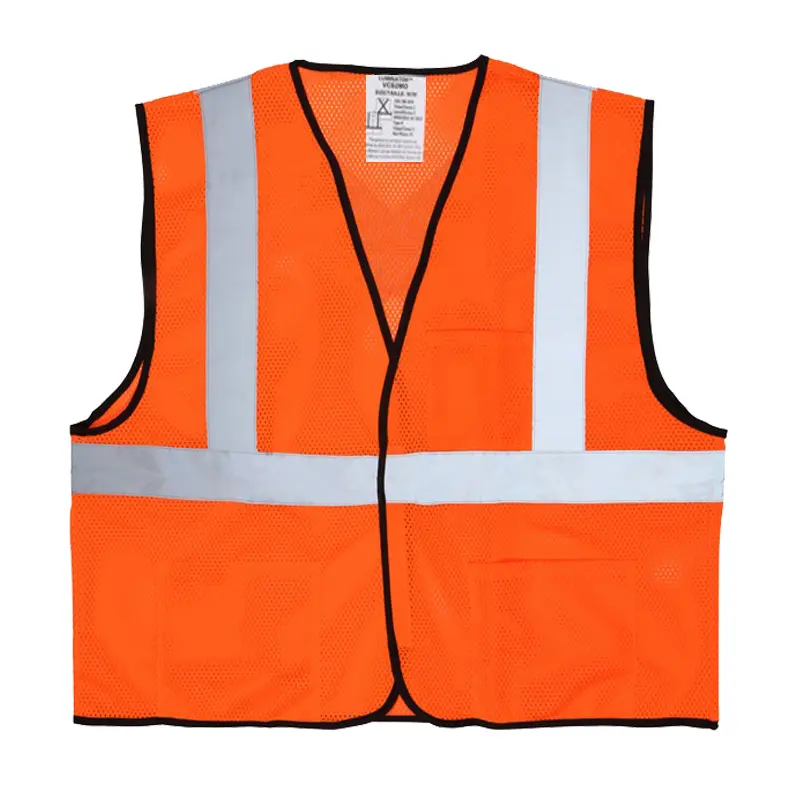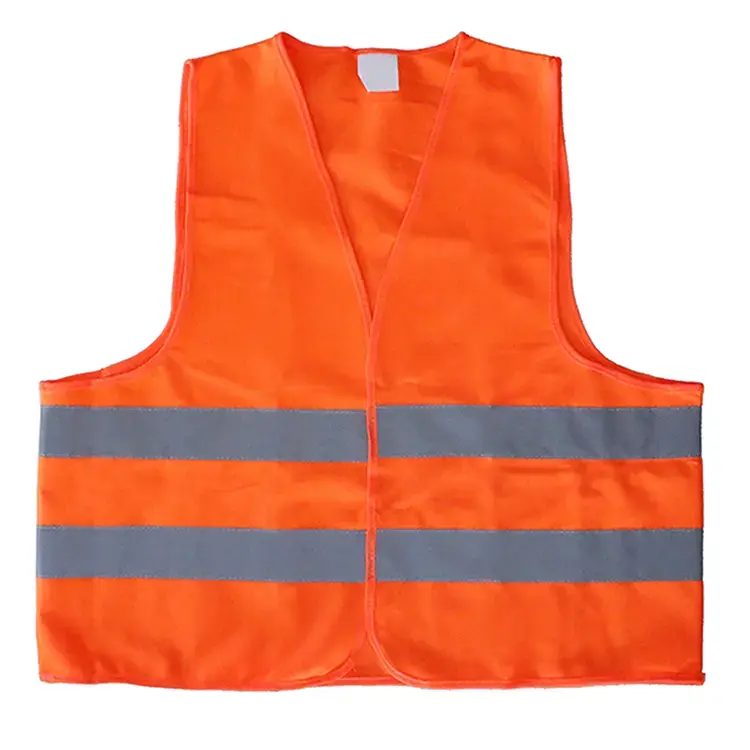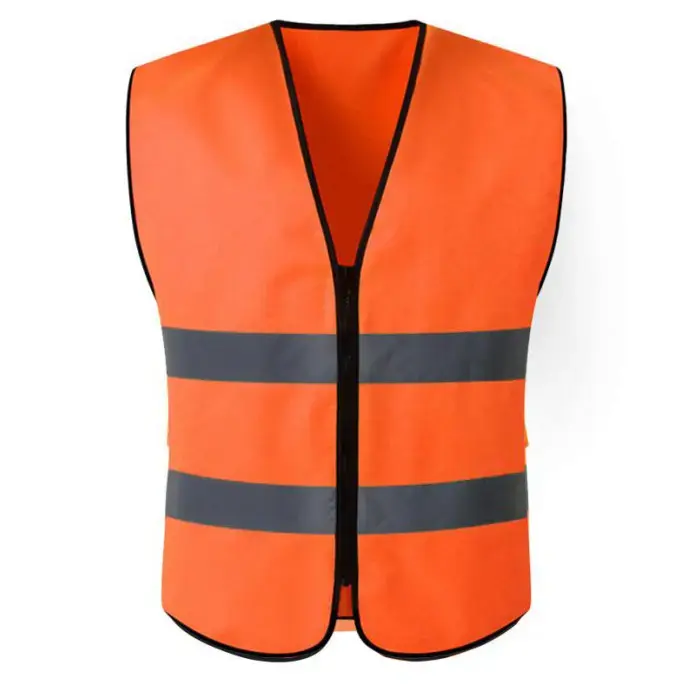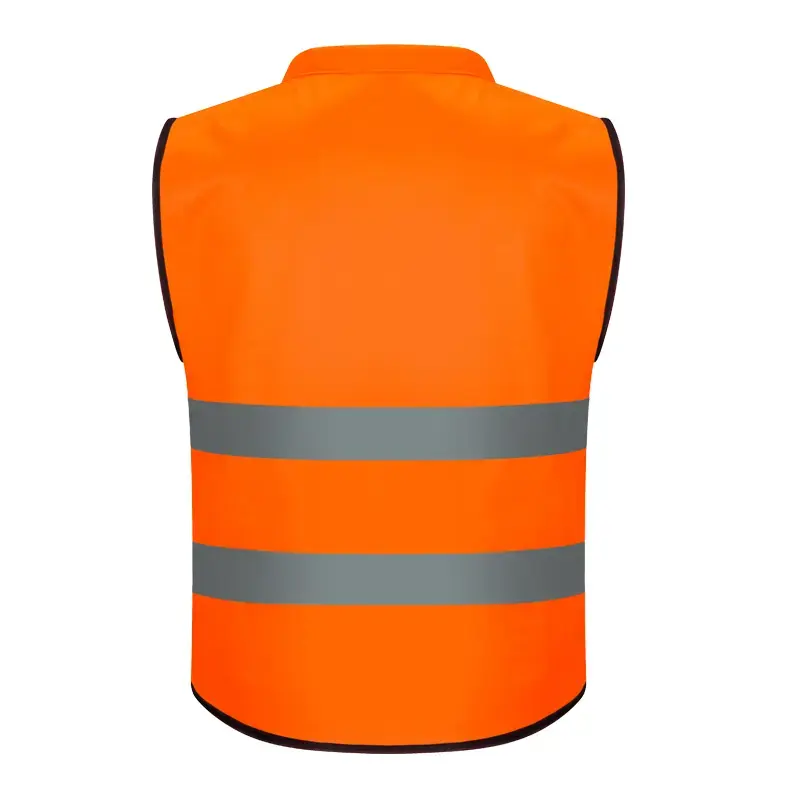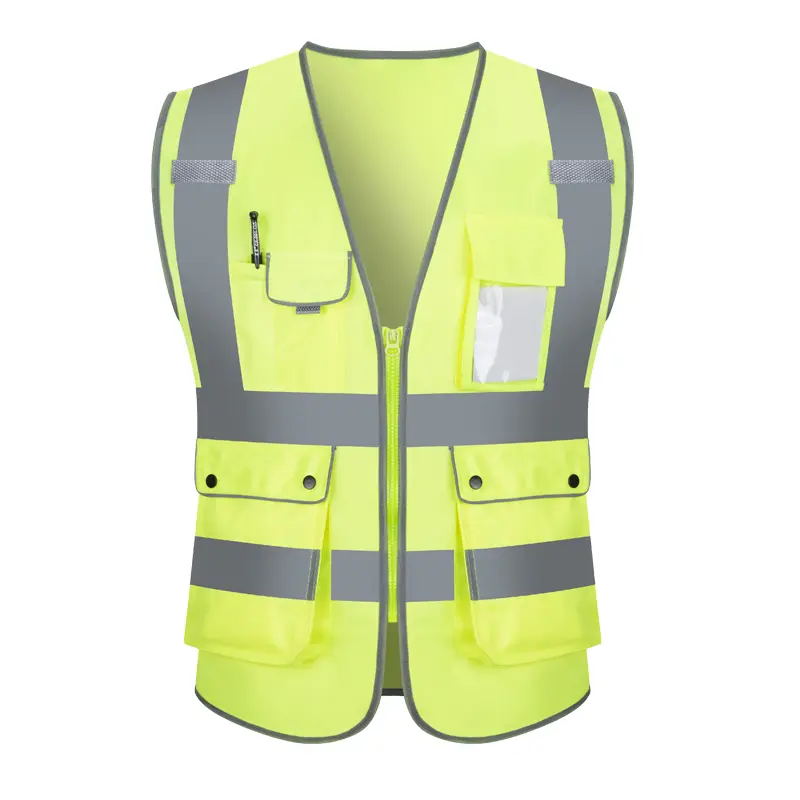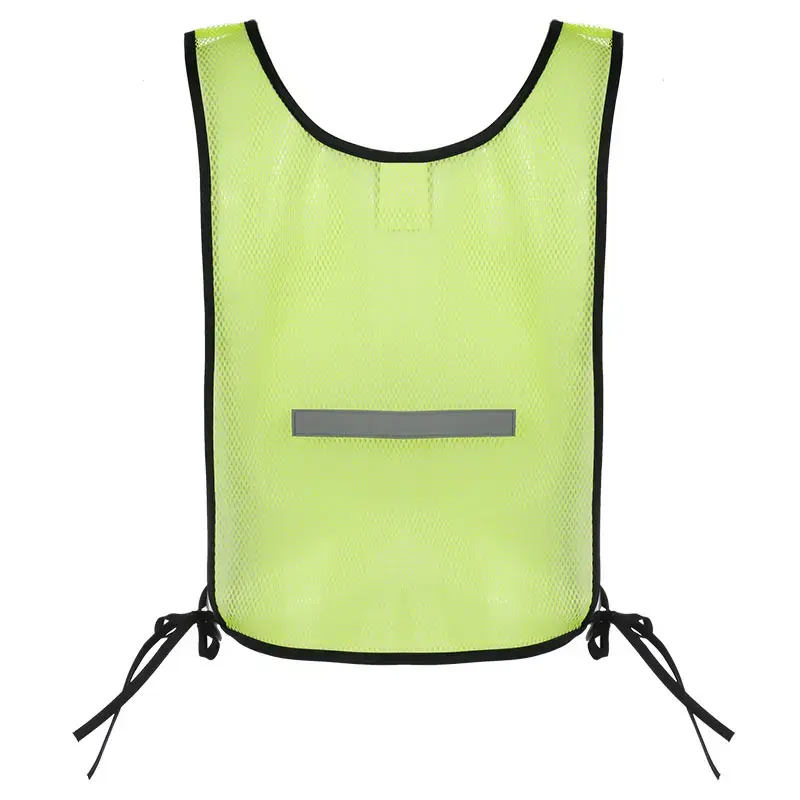What kind of light does the yellow reflective vest mainly reflect?
In the realm of safety gear, the yellow Reflective Vest stands out as a crucial piece of equipment for individuals working in high-visibility environments. Whether on a construction site, during roadside maintenance, or in any situation where visibility is paramount, these vests play a vital role in ensuring the safety of workers and pedestrians alike. But what exactly makes these vests so effective? A key aspect lies in understanding the type of light that yellow reflective vests primarily reflect.
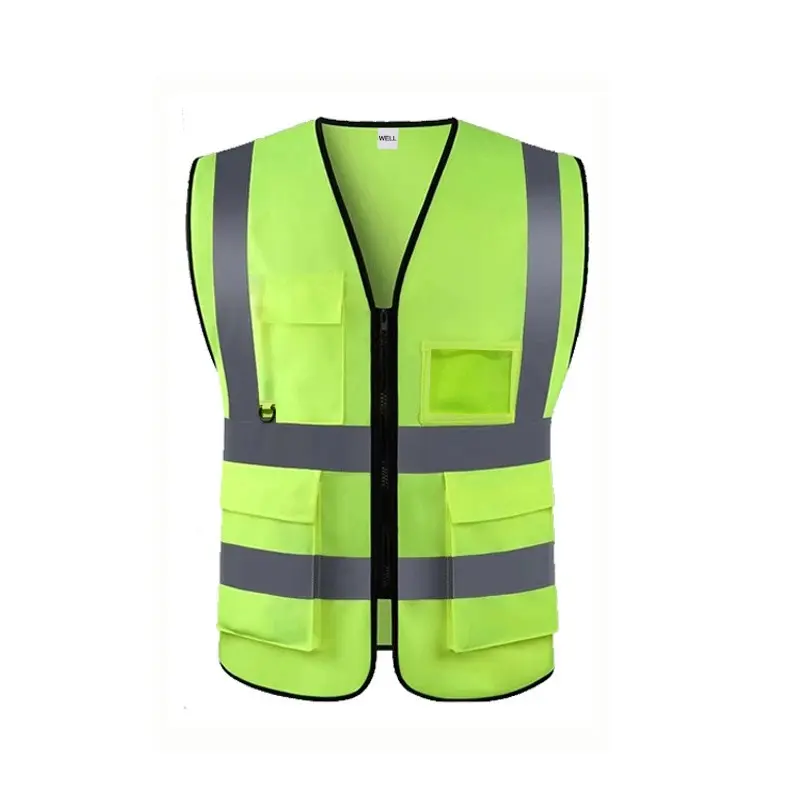
The Science Behind Reflective Materials
To comprehend how yellow reflective vests function, it is essential to delve into the science of light reflection. Reflective materials are designed to bounce back light towards its source, enhancing visibility in low-light conditions. The primary mechanism behind this is retroreflection, a phenomenon where light rays are returned in the direction they came from, regardless of the angle at which they strike the surface.
Reflective vests typically utilize materials embedded with tiny glass beads or prisms. These components are engineered to capture and redirect light, making the wearer more visible to oncoming traffic or machinery. The effectiveness of these materials is particularly pronounced when illuminated by headlights or other strong light sources.
Types of Light Reflected
The yellow reflective vest primarily reflects visible light, particularly in the wavelengths that correspond to the colors of the visible spectrum. The most significant sources of this light are:
Artificial Light: This includes headlights from vehicles, streetlights, and other forms of illumination commonly found in urban environments. When these light sources shine on a yellow reflective vest, the vest’s reflective material captures the light and redirects it, making the wearer stand out against the backdrop of darkness.
Natural Light: During daylight hours, sunlight is the primary source of illumination. The yellow color of the vest itself is highly visible against most backgrounds, and when combined with reflective materials, it enhances visibility even further. The vest reflects sunlight, making it easier for others to see the wearer from a distance.
Fluorescent Light: Some yellow reflective vests are treated with fluorescent dyes that absorb ultraviolet light and re-emit it as visible light. This property enhances the vest’s visibility in both daylight and artificial light conditions, making it an excellent choice for environments where visibility is critical.
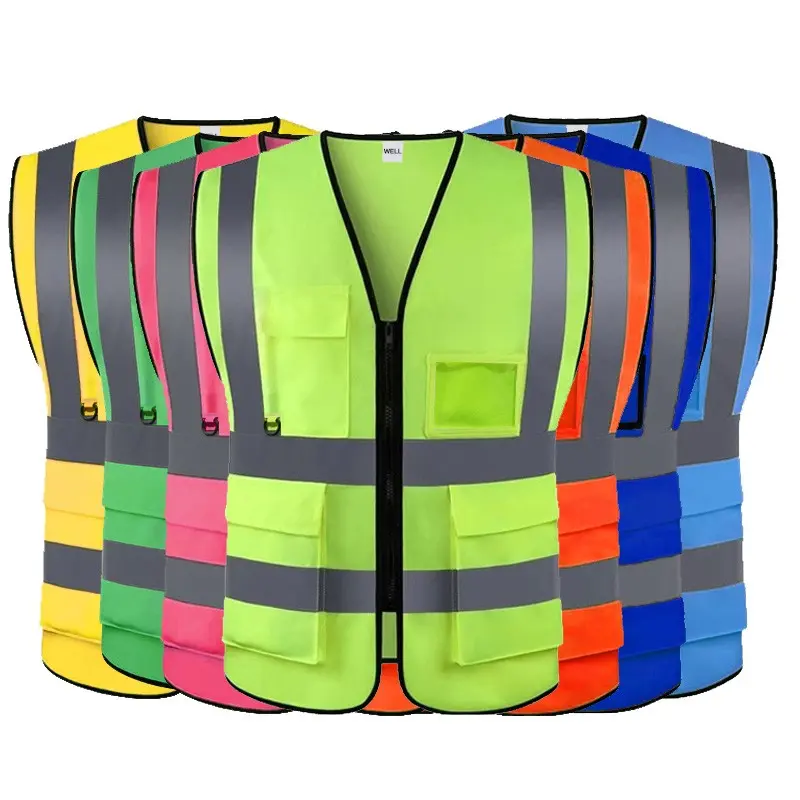
The Role of Color in Visibility
The color yellow is particularly effective in enhancing visibility. Yellow is one of the most visible colors in the spectrum, especially in low-light conditions. This is why many Safety Vests are designed in bright yellow or lime green hues. The combination of the color and the reflective properties of the vest creates a powerful visual signal that alerts others to the presence of the wearer.
Research has shown that yellow is more easily perceived by the human eye compared to other colors, especially in peripheral vision. This characteristic is crucial for individuals working in environments where they may be at risk of being overlooked, such as near moving vehicles or heavy machinery.
Standards and Regulations
In many countries, the use of reflective vests is governed by safety standards and regulations. For instance, in the United States, the American National Standards Institute (ANSI) has established guidelines for high-visibility apparel. These standards dictate the minimum requirements for color, reflectivity, and design to ensure that workers are adequately protected.
Reflective vests that meet ANSI standards are classified into different classes based on their intended use. Class 1 vests are suitable for low-risk environments, while Class 3 vests are designed for high-risk situations where maximum visibility is essential. The reflective materials used in these vests must reflect a certain percentage of light to qualify for these classifications.
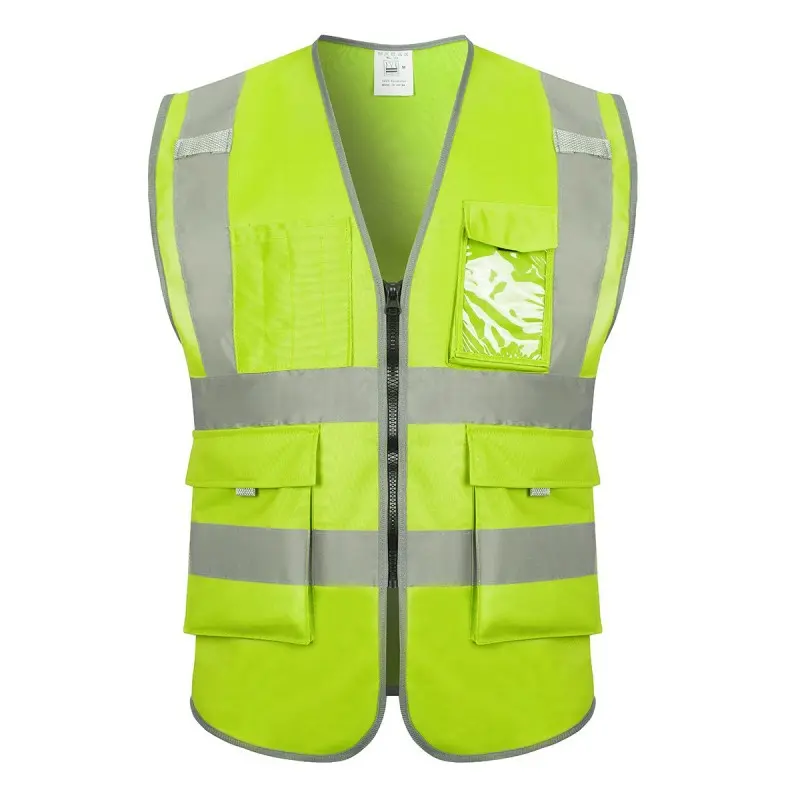
Maintenance of Reflective Vests
To ensure that yellow reflective vests maintain their effectiveness, proper care and maintenance are essential. Over time, the reflective materials can become dirty or damaged, reducing their ability to reflect light. Here are some tips for maintaining the integrity of reflective vests:
Regular Cleaning: Follow the manufacturer’s instructions for cleaning. Most reflective vests can be machine washed, but it’s crucial to avoid using bleach or fabric softeners, as these can degrade the reflective materials.
Inspect for Damage: Regularly check the vest for any signs of wear and tear, such as frayed edges or damaged reflective strips. If the vest is compromised, it should be replaced to ensure safety.
Store Properly: When not in use, store the vest in a cool, dry place away from direct sunlight. Prolonged exposure to UV rays can fade the color and diminish the reflective properties.
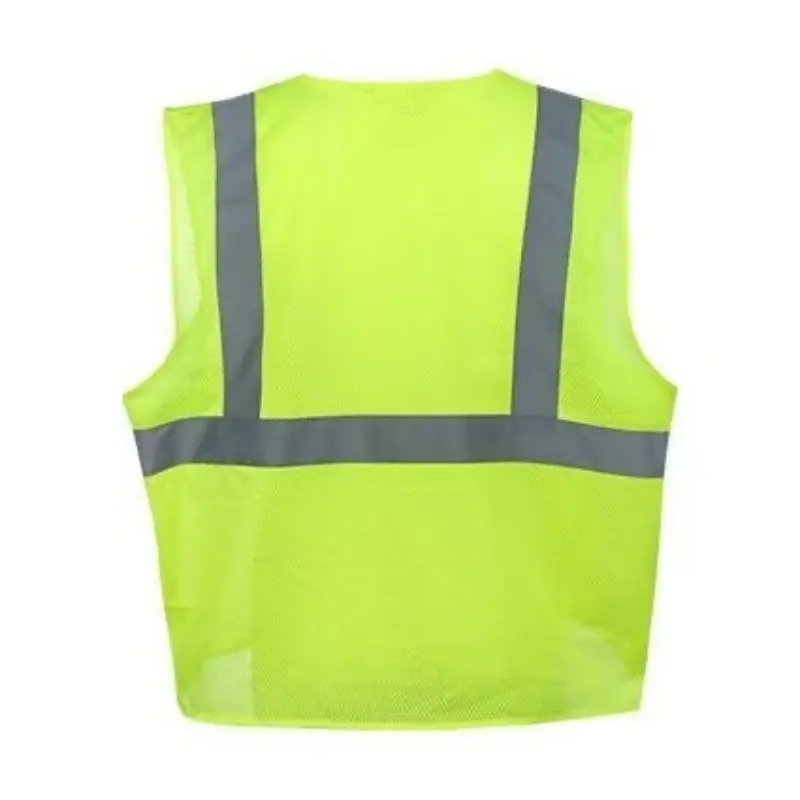
Conclusion
The yellow reflective vest is an indispensable tool for enhancing safety in various environments. By reflecting visible light, particularly from artificial sources like vehicle headlights, these vests significantly increase the wearer’s visibility, reducing the risk of accidents. The combination of bright yellow color and reflective materials ensures that individuals are seen, even in low-light conditions.
Understanding the science behind the reflective properties of these vests can help users appreciate their importance and encourage proper usage and maintenance. As safety regulations continue to evolve, the yellow reflective vest will remain a critical component of personal protective equipment, safeguarding workers and pedestrians alike in a world where visibility is key to safety.

